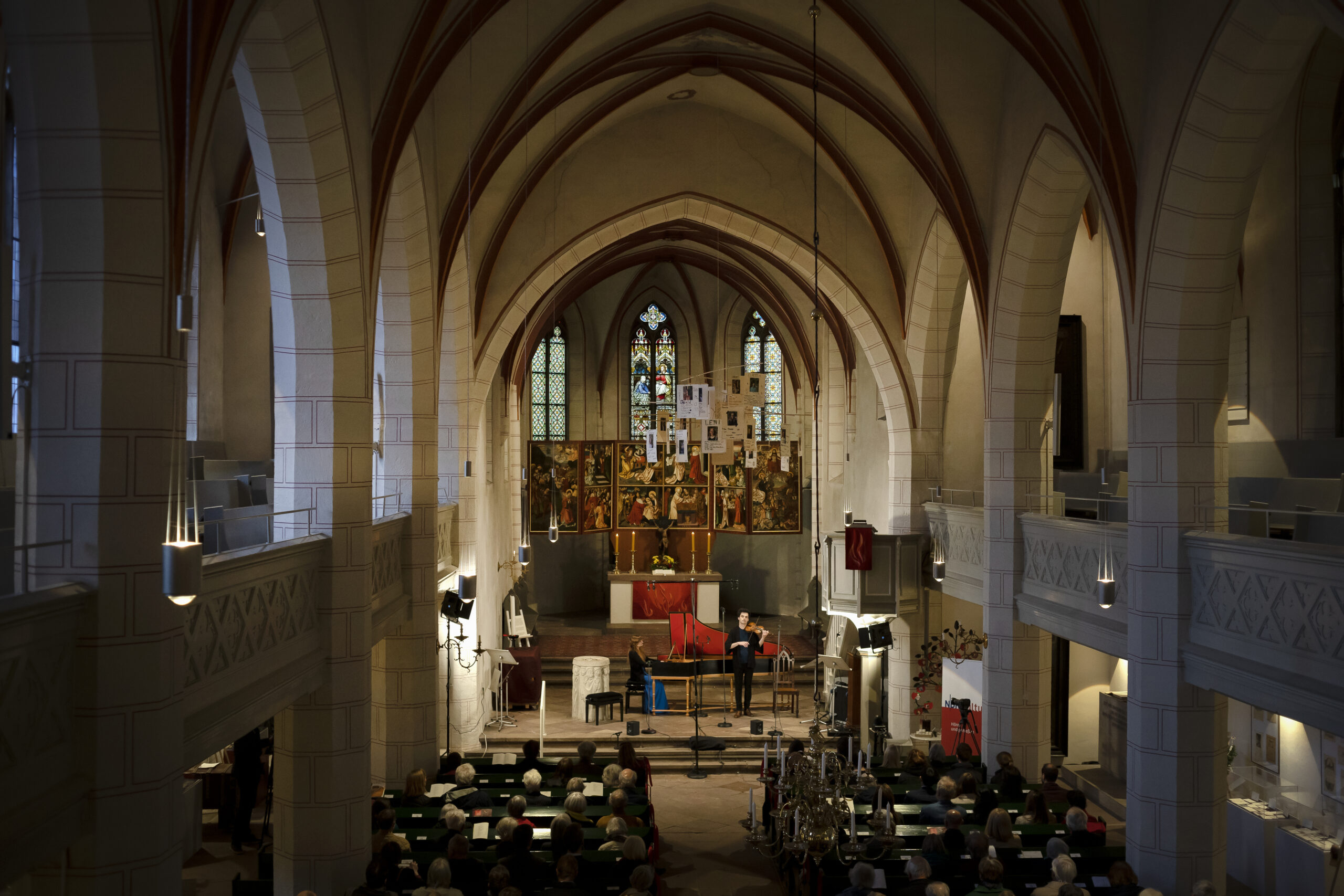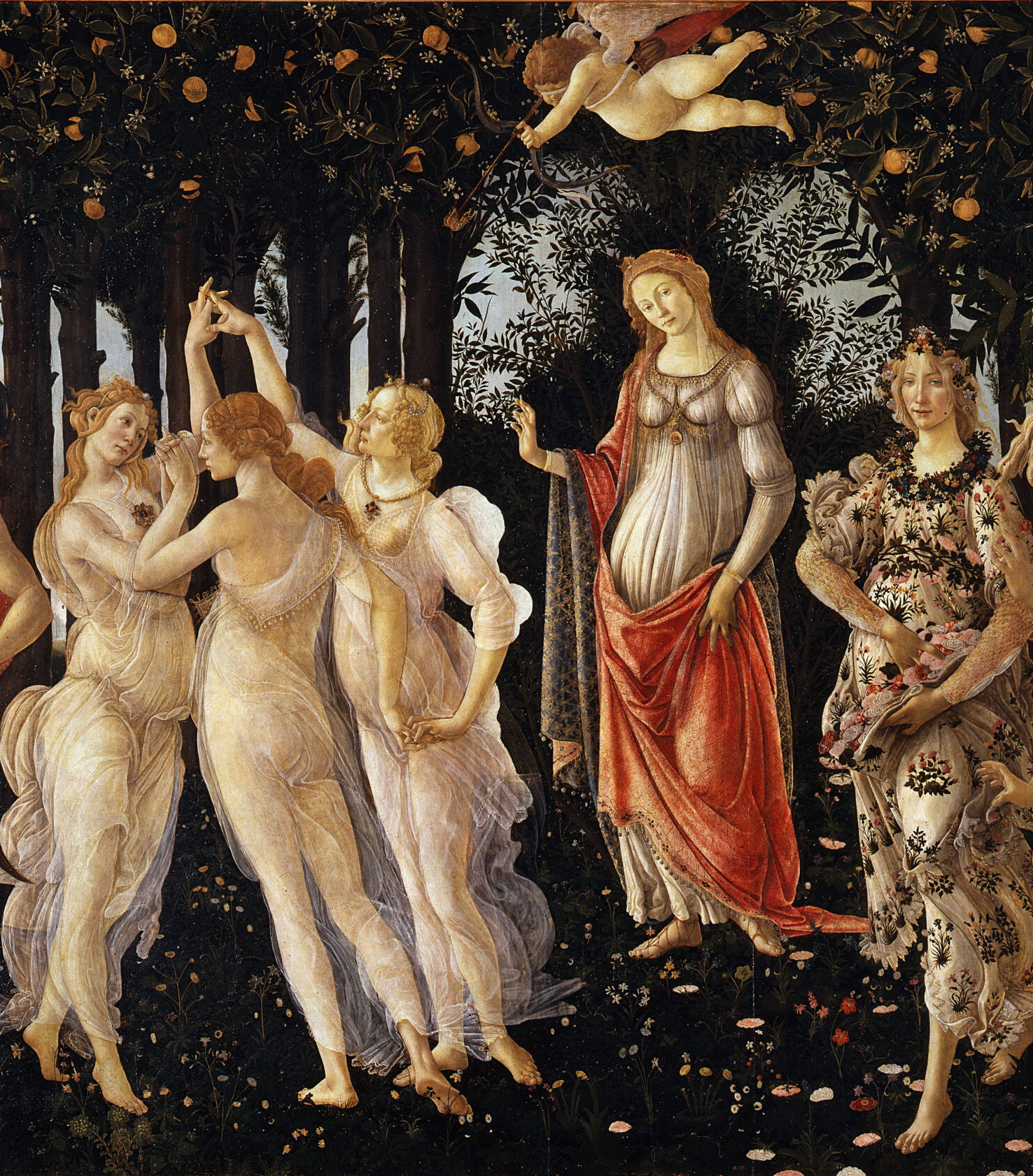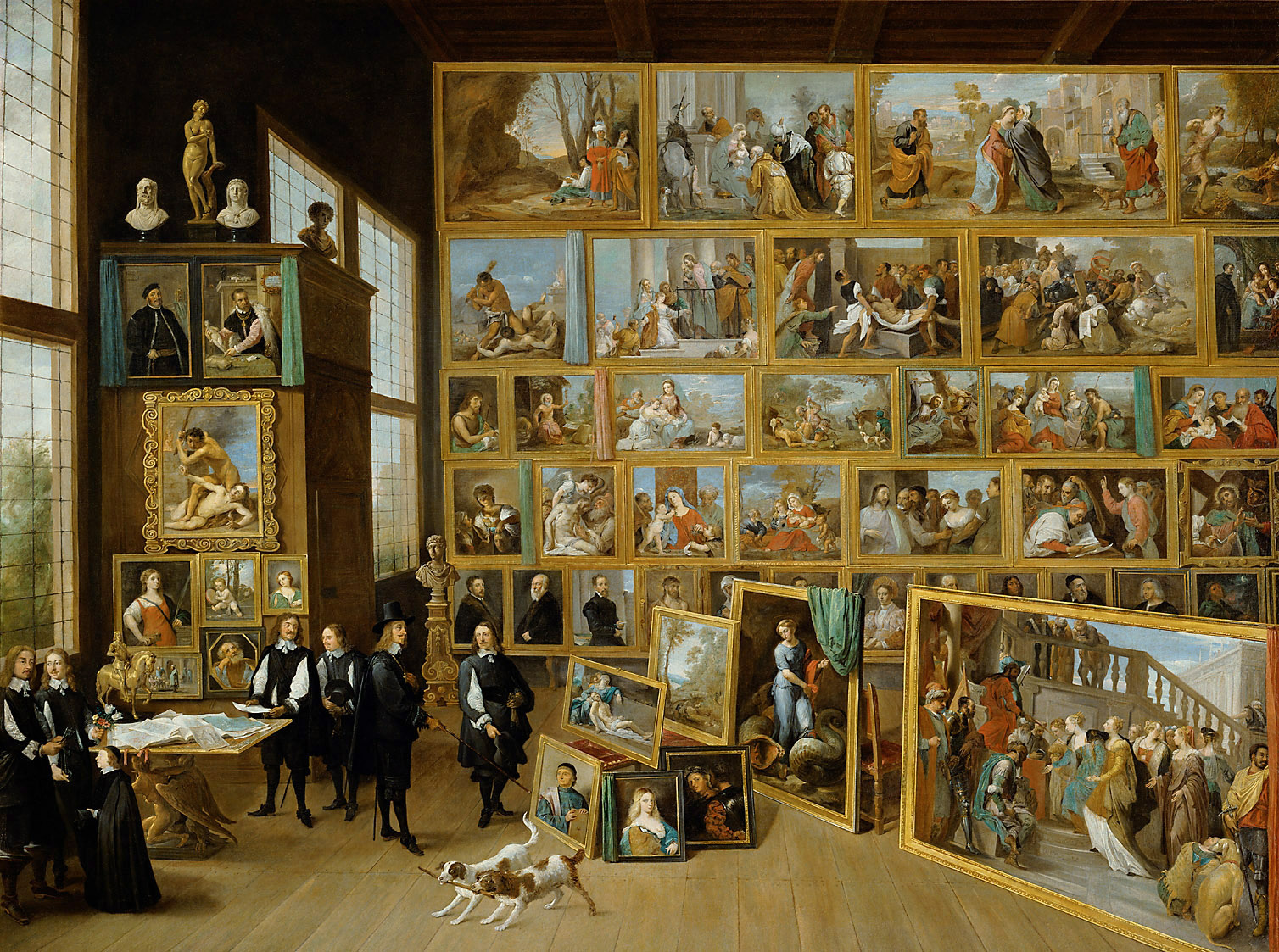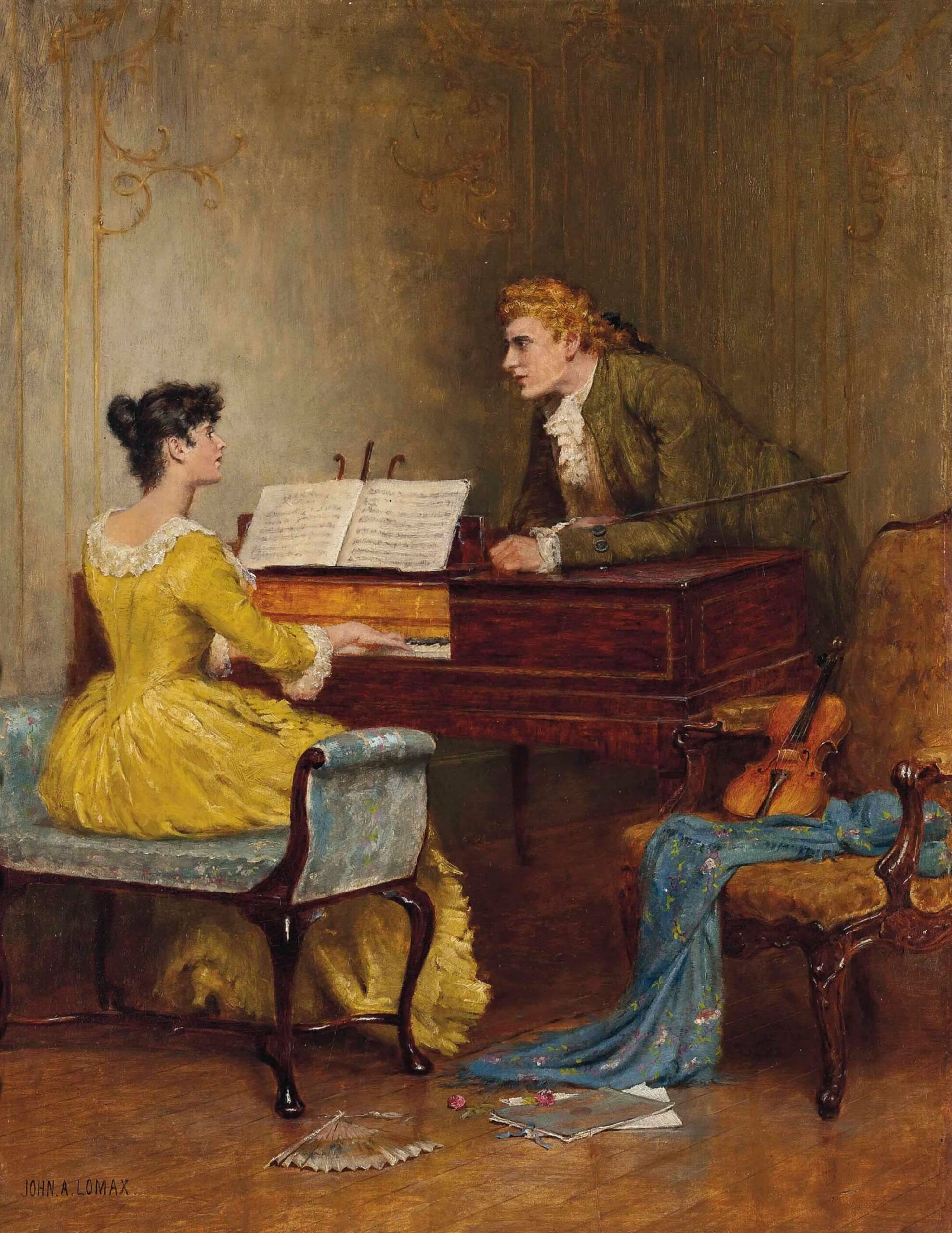In our performance we always try to tell the listener a story. Joy and despair, feelings of love and rejection, music can express it all and this is what we are aiming for.
We work in great detail on preparing exciting and colourful interpretations of pieces, but also we love to experiment with space and acoustic of the venue, as well as incorporating elements of instrumental theatre. Mixing the music of composers we love with our own compositions and improvisations makes every concert a unique experience. During our concerts we love to communicate with each other and with the audience as well, trying to „break the wall” and take them on a journey with us.
Being able to play different instruments, we enjoy combining them within a program, this enhances our repertoire and enriches the pallet of sounds we can use. Apart of classical music, we also love different styles like jazz, tango, folk music, incorporating them can give to our programs unexpected twist. Semion has a great experience in electronic music and he loves to use ambient textures and synthesized sounds in his compositions for the Duo.
Here are a few of our concert-programs. The presented repertoires last approximately 60-70 minutes. We would be happy to provide repertoire proposals for longer concerts as well, and we are open to creating new concepts that fit the theme of your festival.
For more programmes feel free to contact us.
Great Dionysia
Semion Gurevich – baroque violin
Agnieszka Skorupa – harpsichord
Duration – about 70 minutes
Program
Friedrich Wilhelm Marpurg – Rondeau La Nymphe Marine from Suite No. 5 in G Major for harpsichord, Arr. for violin and harpsichord by Duo Agion
George Frideric Handel – Aria Wou’d you gain the tender Creature from Acis and Galatea HWV 49 for violin and basso continuo
Michel Corrette – Sonata in A Major op. 25 No. 3 Le Jardin des Hespérides
Semion Gurevich – Fantasia Narcissus and Echo on themes from Händels Sonata in D Major
George Frideric Handel – Sonata in D Major HWV 371
Jean-Philippe Rameau – Les Cyclopes for harpsichord
Michel Corrette – Sonata in e minor op. 25 No. 4 Les Amusemens d’Apollon chez le Roi Admète
Description
Duo Agion invites the audience to ancient Greece to celebrate the Great Dionysia—festivals dedicated to the god Dionysus, honoring wine, joy, sorrow, love, and ecstasy. Much like in Greek drama, the audience encounters figures from mythology—nymphs, cyclopes, the god Apollo, Narcissus, and Echo.
Baroque composers often drew on themes from ancient Greece, whether Handel in his operas, Marpurg in his harpsichord suites, or Michel Corrette in his violin sonatas. Alongside works by these composers, the program features a unique piece by Semion Gurevich, inspired by a Handel sonata. This fantasy, titled Narcissus and Echo, blends improvisation with electronic music.
Throughout the program, instrumental-theatrical elements allude to the spirit of the ancient Greek festivals, which were often accompanied by theatrical performances.
The duo won first prize at the Göttingen Handel Competition in 2023 with this program.
Straight on the Drum of the Ear – English music between Purcell and Handel
Semion Gurevich – baroque violin & viola
Agnieszka Skorupa – harpsichord
Duration – about 70 minutes
Program
Henry Purcell – Ground in c ZD 221
Francesco Geminiani – Violin Solo in C IFG 25
George Frideric Handel – Sonata for harpsichord and viola in C Major IGH 543
Henry Purcell – Prelude in G minor for violin ZN 773
George Frideric Handel – Sonata in G minor for violin and basso continuo, HWV 364a
Semion Gurevich – Prelude in E minor
George Frideric Handel – Suite in e minor for harpsichord HWV 438
Duo Agion – Ground in A Major
Richard Jones – Sonata in A minor for violin and basso continuo op. 2 No. 4
Description
“Straight on the Drum of the Ear” is a musical time journey through English music from the late 17th to the early 18th century. During this period, England enthusiastically welcomed renowned musicians from across Europe. This openness had a remarkable impact on English music, particularly through the adoption of French, Italian, and German stylistic elements.
The program features not only works by English composers, but also compositions by those who, during their stay in England, deeply influenced the local musical scene. Chief among them is George Frideric Handel, who was especially beloved in England and masterfully fused diverse styles within his music.
Short pieces such as preludes and (partially improvised) grounds run like a thread throughout the program, serving as introductions to sonatas by various composers. These interludes continually reshape the blend of musical colors and styles, offering the audience a rich and captivating panorama of English music’s stylistic diversity.
Gottfried van Swieten and his Protégés – Music by Haydn, Mozart and the Bach Family
Semion Gurevich – classical violin
Agnieszka Skorupa – fortepiano
Duration: about 60 minutes
Program
Johann Sebastian Bach – Largo from Sonata in C minor BWV 1017
Carl Philipp Emanuel Bach – Sonata in C minor Wq 78
Joseph Haydn – Sonata in G Major Hob. XV/32
Wolfgang Amadeus Mozart – Sonata in C Major K. 296
Description
This concert offers a unique glimpse into the musical world of one of the most fascinating figures of the 18th century: Baron Gottfried van Swieten. More than just a diplomat, van Swieten was a prominent patron of the arts who played a key role in supporting the works of some of the greatest composers of his time.
His strong ties to both Berlin and Vienna made him an important bridge between these two major musical centers. His passion for the Baroque music of Johann Sebastian Bach and George Frideric Handel, combined with his personal relationships with composers such as Joseph Haydn and Wolfgang Amadeus Mozart, had a significant impact on the development of classical music.
In addition to his generous support for composers, van Swieten also commissioned transcriptions of works by Bach and his contemporaries into the musical idioms of his own time. Inspired by this idea, Duo Agion will perform the first movement of a Bach sonata on the fortepiano in a style more typical of Mozart’s era.
This concert is both a tribute to Gottfried van Swieten and a captivating emotional journey through the rich musical styles of the 18th century.
Beethoven’s Echoes – Violin Sonatas by Beethoven, Ries and Schubert
Semion Gurevich – romantic violin
Agnieszka Skorupa – fortepiano
Duration: about 60 minutes
Program
Ludwig van Beethoven – Sonata D Major op. 12 No. 1 (1799)
Ferdinand Ries – Sonata in C-sharp minor op. 71 (1812)
Franz Schubert – Sonata in G minor D 408 (1816)
Description
“Beethoven’s Echoes” presents Beethoven’s earliest surviving violin sonata alongside sonatas by significant composers from his circle. Beethoven was an extraordinarily visionary composer who forged his own path and opened new directions that profoundly shaped the course of music history. His influence inspired many of his contemporaries, including Ferdinand Ries and Franz Schubert.
Ferdinand Ries—not only Beethoven’s student, but also his secretary, copyist, and friend—had a complex relationship with his teacher. Though often challenging, it proved enriching for both. The program includes his rarely performed and dramatic violin sonata in the unusual key of C-sharp minor.
The concert concludes with Schubert’s Violin Sonata in G minor, one of only four works he composed in this genre. While it remains uncertain whether Schubert and Beethoven ever met in Vienna, it is documented that Schubert served as a pallbearer at Beethoven’s funeral. What is beyond doubt is Schubert’s deep admiration for Beethoven’s music, which he knew intimately. That very reverence may have prevented him from approaching the great master in person.
Ecstasy or madness?
Semion Gurevich – baroque violin
Agnieszka Skorupa – harpsichord
Duration – about 65 minutes
Program
Heinrich Ignaz Franz von Biber – Sonata in g minor No. 10 from Rosary Sonatas
Duo Agion – Meditation about Corellis Sonata in F Major
Arcangelo Corelli – Sonata in F Major op. 5 No. 4
Steffan Nau – Fantasia for violin solo
George Frideric Handel – Aria Ombra mai fu from Xerxes HWV 40 (arr. Duo Agion)
Johann Philipp Kirnberger – Fugue in F minor, EngK 28 for harpsichord solo
Duo Agion – Meditation about Tartinis Devil’s Trill Sonata
Giuseppe Tartini – Devil’s Trill Sonata in G minor
Description
Where does genius end and madness begin? At what point does artistic revelation slip into delirium? In this program, we walk with the audience along the fine line between ecstasy and insanity.
We explore various facets of ecstasy—from the religious rapture of Biber’s Rosary Sonata, to the near-fanatical frenzy in the music of Tartini and Kirnberger, and the yearning stillness of Handel’s Ombra mai fu. The works of these composers take us on a journey that tests the limits of the human mind and invites us to delve deeper into the mysteries of artistic inspiration.
As musicians of the 21st century, we also reflect on our own relationship to these works, enriching the program with meditative interludes that incorporate elements of electronic music.
In Shakespeare’s Hamlet, it is said that the protagonist’s apparent madness is “the very ecstasy of love”—words that reflect the inseparable link between deep emotional intensity and the loss of rationality. We, too, are inspired by this connection and invite the audience on an emotional rollercoaster where the boundaries between reality and imagination begin to blur.
An optional version of the program without electronic music is also available.
Concerto in the Italian taste
Semion Gurevich – baroque violin
Agnieszka Skorupa – harpsichord
Duration – about 70 minutes
Program
Tomaso Albinoni – Sonata in A minor for violin and basso continuo op. 6 Nr 6
Johann Sebastian Bach – Sonata in A Major for violin and harpsichord BWV 1015
Antonio Vivaldi – Sonata in C Major for violin and basso continuo RV 4
Johann Sebastian Bach – Sonata in C minor for violin and harpsichord BWV 1017
Johann Sebastian Bach – Italian Concerto in F Major for harpsichord BWV 971
arr. for violin and harpsichord by Duo Agion
Description
Italian composers played a key role in popularizing instrumental forms such as the sonata and the concerto, as well as in the development of violin music. Their works influenced composers across Europe, including Johann Sebastian Bach.
During his time in Weimar (1708–1717), Bach immersed himself in the music of the Italian masters, studying, copying, and transcribing works by Vivaldi, Albinoni, and others. This deep engagement enabled him to incorporate Italian elements into his own compositional style. One piece featured in the program is a sonata from Albinoni’s Op. 6, accompanied by a basso continuo part that was once written out by Bach’s student Heinrich Nikolaus Gerber and corrected by Bach himself.
The program concludes with the titular Italian Concerto (originally titled Concerto nach Italienischen Gusto), which was composed for harpsichord solo. Duo Agion presents its own arrangement for harpsichord and violin, honoring the Baroque tradition of reinterpreting music through transcription—a practice Bach himself embraced.
The Legacy of the Habsburgs – a musical bridge between baroque and classical
Semion Gurevich – baroque violin
Agnieszka Skorupa – harpsichord or fortepiano
Duration – about 60 minutes
Program
Georg Christoph Wagenseil
– Divertimento f-Moll for harpsichord und violin ad libitum WV 50
Anton Zimmermann – Sonata in D Major for violin and basso continuo op. 1 No. 3
Carlo Zuccari – Adagio in e minor No. 7 for violin and basso continuo from The True Method of Playing an Adagio
Franz Benda – Sonata in c minor for violin and basso continuo L3.10
Johann Schobert – Sonata in D Major for harpsichord with violin accompaniment op. 20 Nr 3
Description
This concert program explores how the musical heritage of the Habsburg Empire created a bridge between the Baroque and Classical periods. Around the middle of the 18th century, Europe’s musical landscape underwent profound stylistic transformations. While the ongoing rivalry between supporters of French and Italian music raged on, and German theorists advocated for the so-called “mixed taste” in their writings, an extraordinarily eclectic scene began to emerge.
European metropolises competed for the finest musicians, who in turn shaped the musical life of their new cities. Vienna held a special position in this dynamic: its central location in Europe made it a crossroads where musicians from across the continent traveled through or settled, transforming the city into a melting pot of diverse styles.
It is therefore no surprise that Austrian composers of the time absorbed these various influences and forged a distinctive, unmistakable musical voice. French formal innovations, Italian galant melodies, and North German counterpoint all left their mark on the music of Austrian composers in the mid-18th century.
This program centers on rarely performed works by Georg Christoph Wagenseil, Anton Zimmermann, Johann Schobert, Franz Benda, and Carlo Zuccari—composers whose music reflects this remarkable stylistic diversity and brings to life the spirit of transformation that defined the era
The duo won two special prizes at the International H.I.F. Biber Competition with this program.




